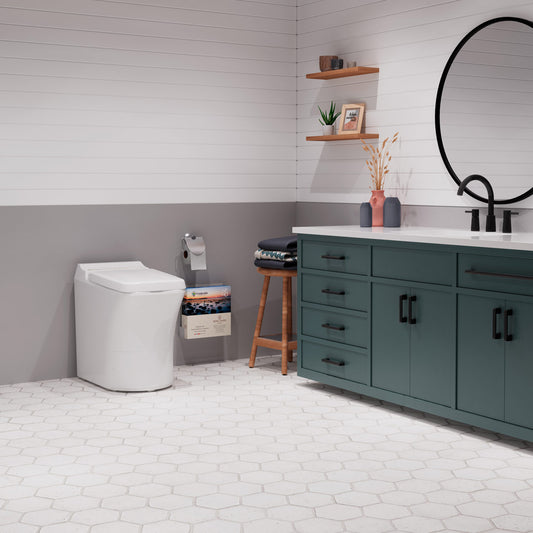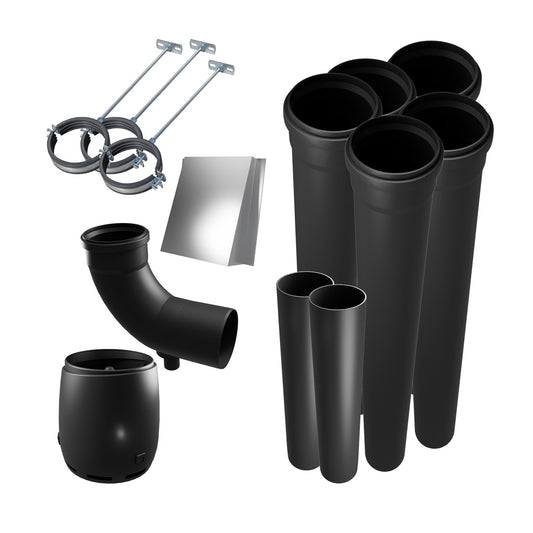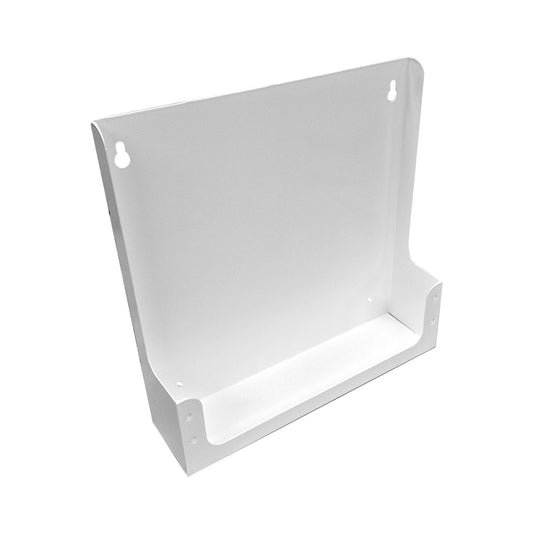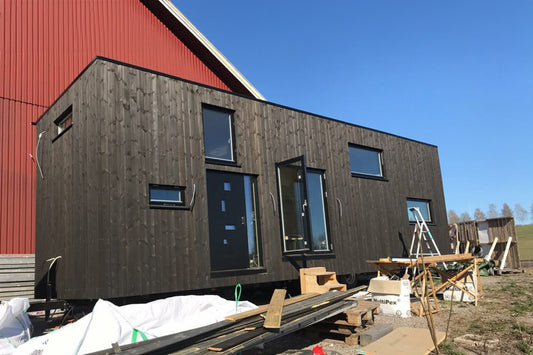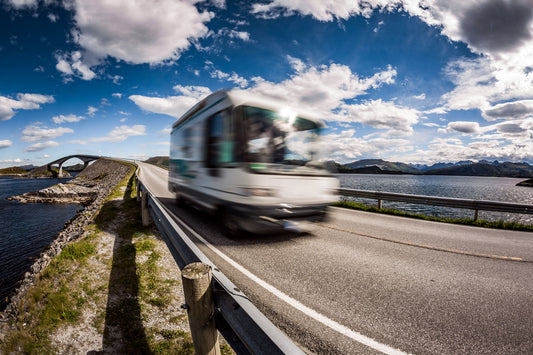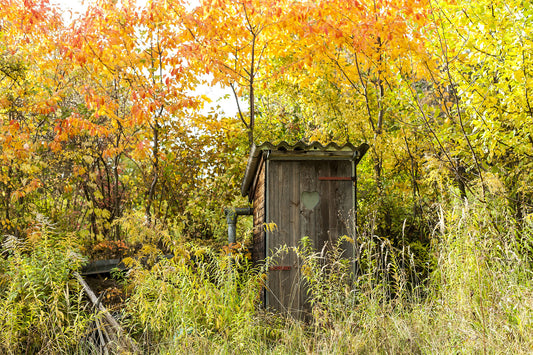Gäveskär Lighthouse, off the coast of Gothenburg, Sweden, has stood as a beacon and lighthouse keeper's residence for over 155 years. Now, the lighthouse continues its legacy as a vacation home for the Itskowitz family.
On the small island of Gäveskär on the west coast of Sweden, a red lighthouse was erected in 1866. The lighthouse was intended to guide seafarers safely to and from Gothenburg. The small lighthouse was reinforced at all four corners to withstand the weather.
The lighthouse lamp was operated inside the dwelling and initially fueled by oil extracted from rapeseed or turnip rape. Over time, the transition to fossil fuel occurred. In 1915, the original lighthouse lamp was replaced by a hexagonal wooden tower with an iron top. The tower then had a rotating light, as seen in today's lighthouses along the coast. Only in 1949 was the lighthouse electrified.
Life on the island in the early 1900s
Axel Ågren was the island's last lighthouse keeper, residing on Gäveskär with his wife Ellen and children Åke, Margit, and Astrid until 1950. Despite Axel being the island's lighthouse keeper, Ellen participated in the work and even substituted for Axel if he was sick. The house was 70 square meters, consisting of 2 rooms and a kitchen. The children on Gäveskär had to learn to swim early - it's part of life on an island. Falling into the water without being able to swim could quickly become dramatic, especially in the winter months.

Stena Line passing by Gäveskär.
Gäveskär Lighthouse was decommissioned in 1950, and it wasn't until 2007 that the island was put up for sale on the open market. The lighthouse keeper's residence and other buildings on the island were in very poor condition at that time. After a tough bidding round, it was Lars-Göran Itskowitz and his family who took over the baton. Taking over a lighthouse keeper's residence and managing its venerable history is a significant responsibility. The Swedish state or municipality provides no subsidies in the form of cultural funds or other contributions.

Installed Cinderella Comfort.
Amenities one wouldn't want to be without
Over the years, various conveniences have been added to make life on the island easier. A large tank under the house supplies fresh water to the residence (water is transported to the island by boat 5 times a year), a small kitchen garden has been planted, a shelter (built during the war), and the latest addition is a Cinderella incineration toilet. The family had previously had a different brand of incineration toilet that they were not satisfied with. Lars-Göran invested in a Cinderella Comfort and has not regretted it for a second.
Cinderella incineration toilets are not dependent on water and sewage. This provides flexibility and freedom, perfect on an island! Since the toilet does not use water to flush, a water proof paper insert is used in the bowl for each visit. This transports the waste down to the incineration chamber every time the start button is pressed after a visit. A week's use by a family of four leaves only a small cup of ash. Read more: What is an incineration toilet?
Simple and safe to use
Using a Cinderella is simple and safe for both young and old. The incineration of waste occurs in a closed incineration chamber, and the emissions from the incineration are led out through a separate exhaust pipe.
- Open the lid and seat
- Place a bag in the bowl
- Lower the seat
- Use the toilet as usual
- Close the lid Press the start button

Lars-Göran Itskowitz lights the lighthouse lamp.
Stewardship for the future
Hopefully, Gäveskär will be passed down so that the story of this venerable place can continue to be told to new generations. On September 1, 2016, exactly 150 years after the lighthouse was built, Lars-Göran Itskowitz lights the lighthouse lamp, which he has had recreated based on old drawings from the original lamp. A nice gesture and an important part of the work to preserve the history of life on the island and the lighthouse's significance in the Gothenburg archipelago for 150 years.

Gäveskär's first lighthouse keeper was born in 1840 and was named Christian Hertz. In September 1866, he carved his initials and the date into the island's rock as a memory of his career as a lighthouse keeper.


